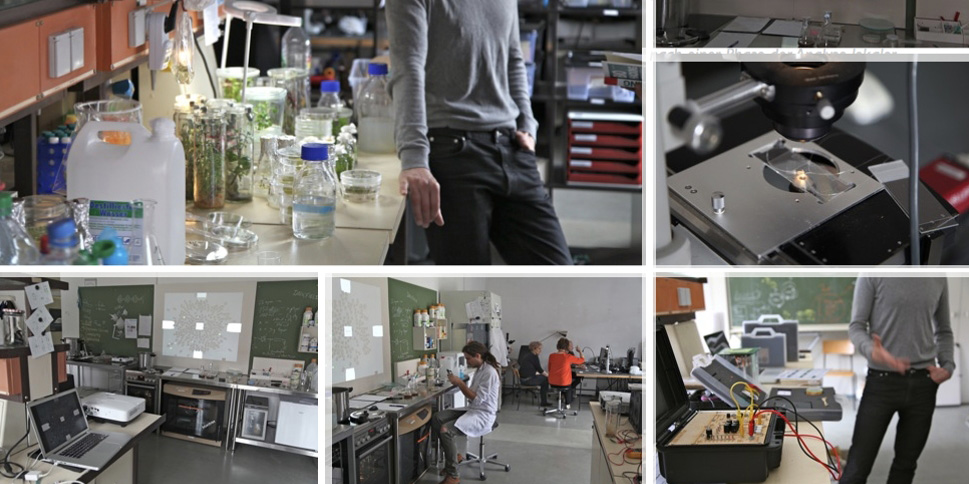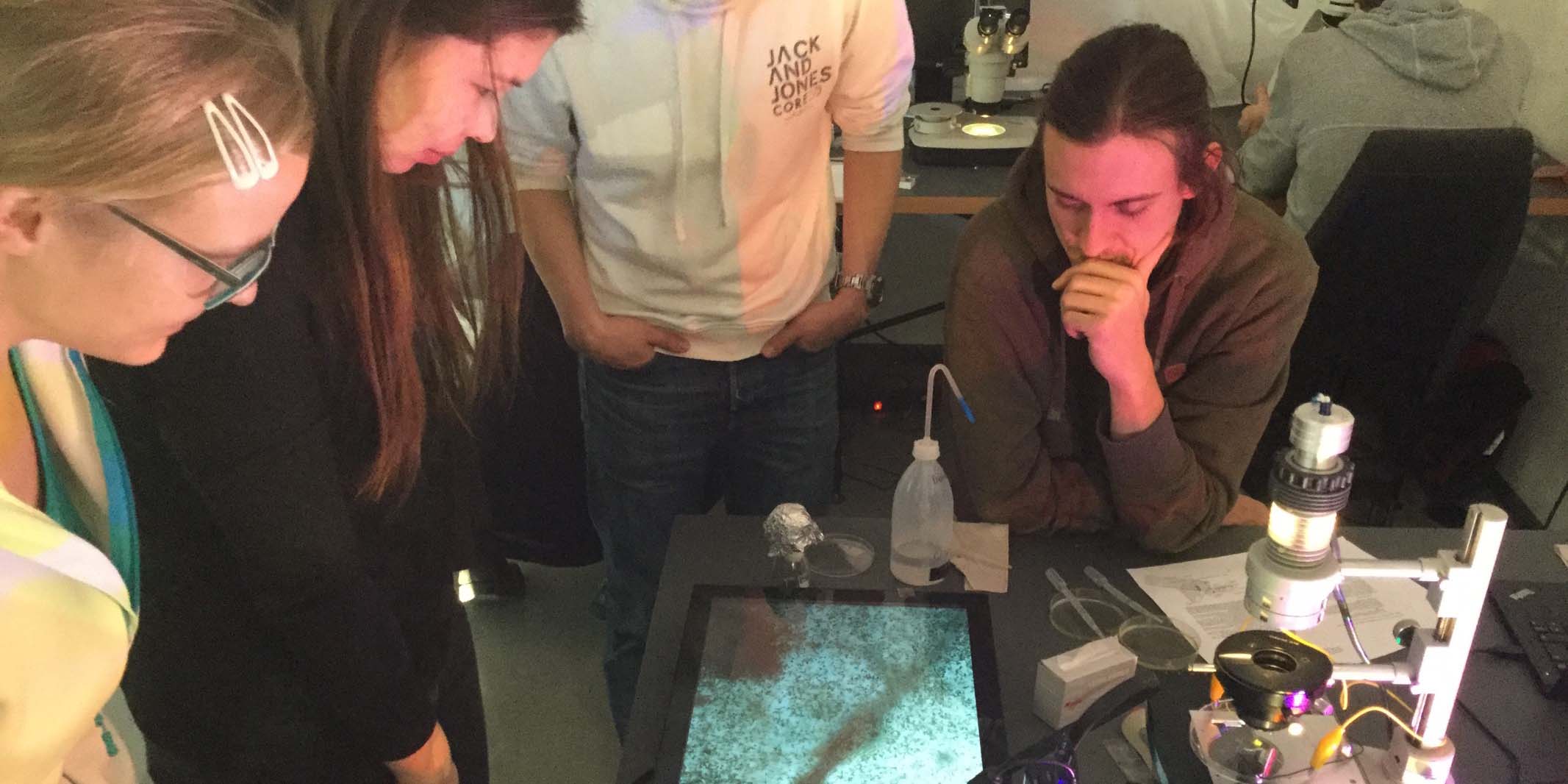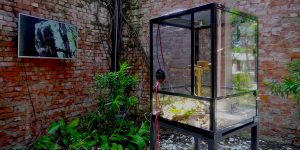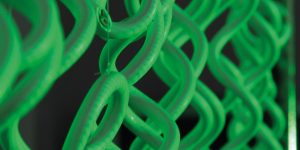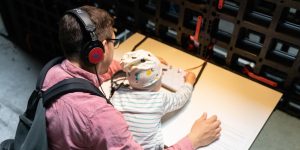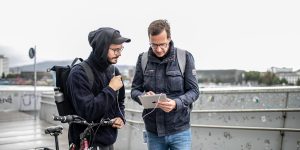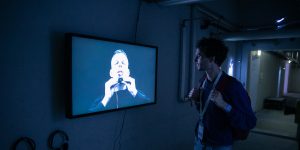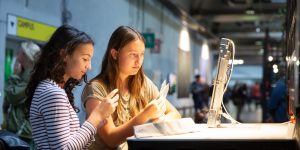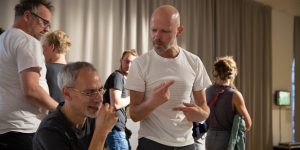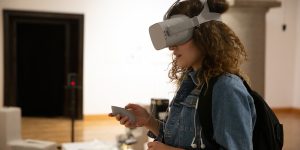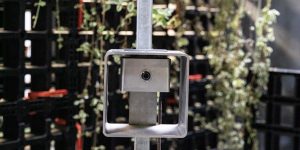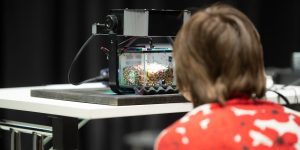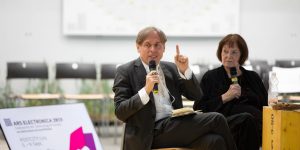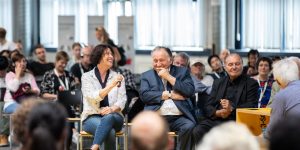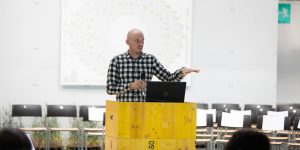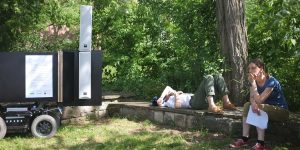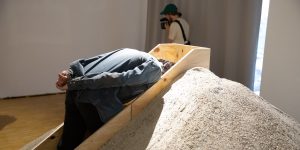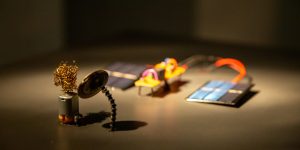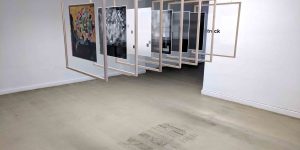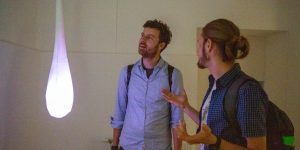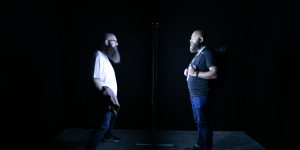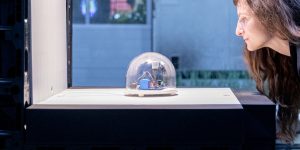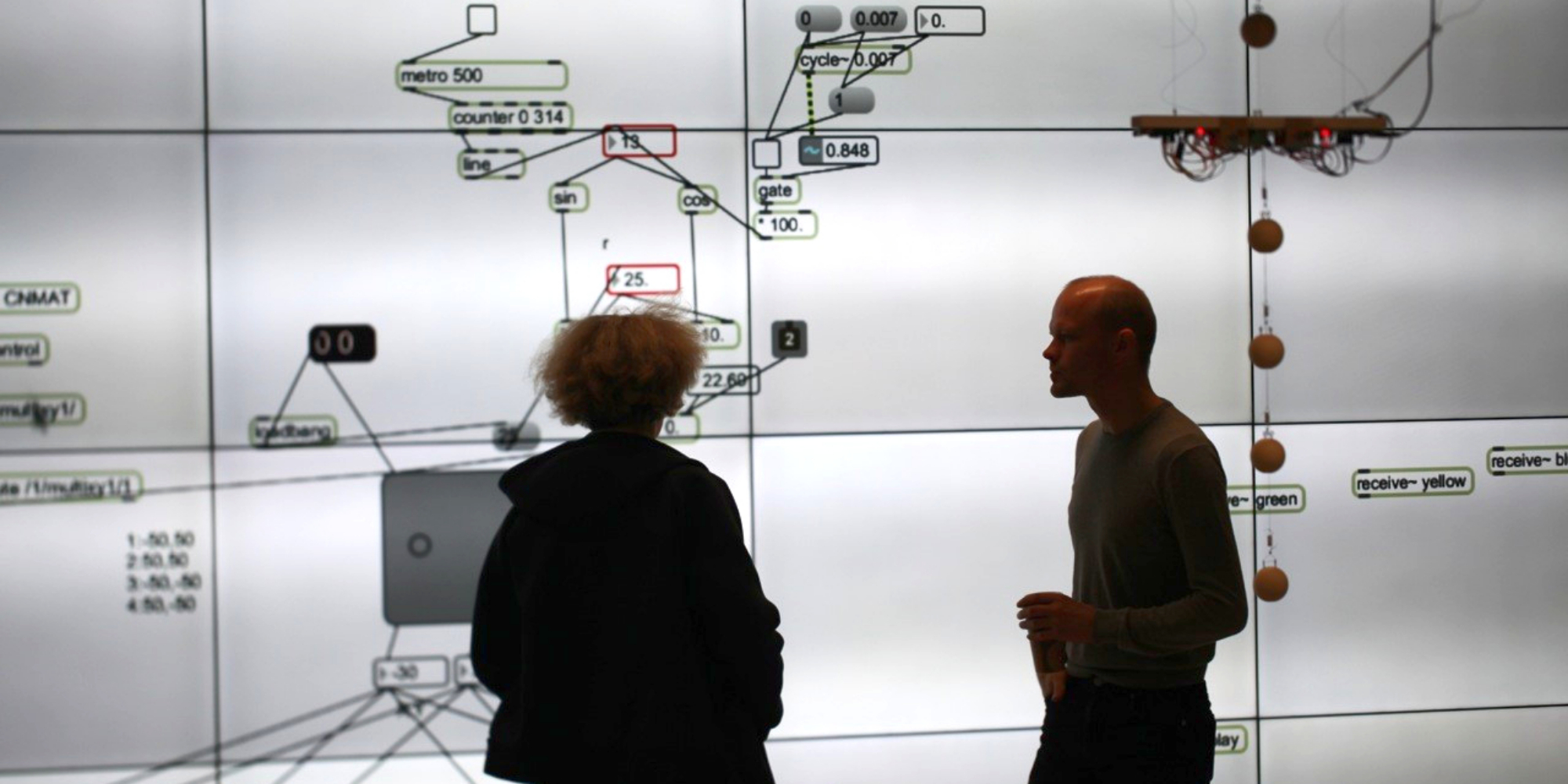At the beginning of the last century, the Bauhaus developed methods of abstraction, formalization, and general concepts to understand, describe, and change the world. This resulted in production methods of unique efficiency and variability. The aesthetic view also changed: clarity and transparency, but also a focus on the people, their perception, competencies, and needs are characteristics of its tradition.
Today we work with highly differentiated digital tools. And anyone familiar with these tools knows the difficulties of creating in synthetic worlds a dense atmosphere equal to our analogue world. An unprecedented loneliness had settled into digitally generated artifacts that tell us that until today we have not grasped the entirety of the surrounding atmosphere or even its essence, so we could adequately grasp it. We are not alone consoles and warns us: it promises an answer from the ecosphere – animals, plants, cosmos, which speak to us in an old-fashioned way – just as it reminds us that we still do not understand enough of this ecosphere, just as we overlook many other humans who do not live in our culture, our sphere of life, or our social class. And it reminds us that the world does not end with the Earth or even our own limited field of vision. At the same time, the title points out that our technologies are not passive tools that we use with our hands. Rather, they have mutated into co-creative teammates who make predictions, take decisions, and not only generate their own suggestions for action but also implement them. We are not alone!
As artists and descendants of the Bauhaus, we recognize that our role is changing. We no longer believe in the heroic genius of the master who forms the world in a state of intuition. Embedding and feedback reveal that responsible action requires diverse cognitive variations that involve the counterpart in a performative way.
We are looking for practices that place us in a manageable field of action and allow us to uncover a variety of our perceptive abilities. We open the black box of a knowledge-based view of our environment and attempt to take direct action within hearing and sight range. Techniques that we use experience their horizon at the perceptual threshold of the senses. System configurations make it possible to shift this threshold by opening up a space of resonance made of objects, tools, and networks within this sensory range.
In order to leave the human-centered habitat, we synchronize our actions with our perception, separating seeing, hearing, and feeling from its purposefulness, to become attentive to the world’s expressions as such. This is the starting point for a revision of scope of action, control strategies, and future visions.
Here we meet Lazlo Moholy-Nagy again, who lamented 100 years ago that man has lost his manifold sensory and craft skills through modern means of production. “In constant struggle with his instincts, he is raped by external knowledge,” writes Lazlo Moholy-Nagy in his book From Material to Architecture. Inspired by his statement, we would like to recapitulate what forms of cultural design we would like to deepen today.
Overview of projects
Project Credits:
- Text: Ursula Damm

